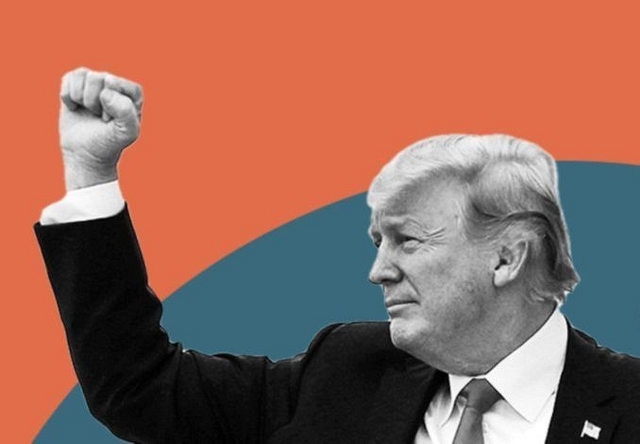
Here Are The Details Of US’ $2 Trillion Economic Stimulus Plan Aimed At Blunting The Coronavirus Fallout
The historic package will include massive spending and other tax breaks for small businesses.
As the number of cases exceed 55,000 in the United States, the administration under President Donald Trump has struck a stimulus deal with the Senate Democrats and Republicans, and is expected to be taken up on Wednesday for final approval.
The historic package, amounting to more than $2 trillion, will include massive spending and other tax breaks for small businesses, as Trump aims to restart the economy by Easter (12 April) next month.
One, the plan includes $500 billion in credit and other essential aid to businesses.
Two, around $250 billion will be used to bolster unemployment benefits.
Three, in order to ensure people have enough money to spend on essentials, most Americans will be given a cheque of $1,200. According to reports, the stimulus plan set aside $250 billion for direct payments.
Four, to curb layoffs, especially in small businesses due to the shutdown, a $350 billion package is in the talks, separately, only for this section.
Five, $130 billion will go to the hospitals in the country.
Six, $150 billion fund has been set aside for cash-strapped state and local governments.
Seven, around $50 billion will go to the hardest-hit airlines.
Other aspects like deferrals in tax payments and other instalments are also being proposed as a part of the bill, according to a report in Bloomberg.
The report further quotes the Senate Democratic leader, Chuck Schumer, as saying that an unemployment benefit for four months is also being proposed. Also, a monetary plan for healthcare amounting to $150 billion, being touted as the ‘Marshall Plan’ of 2020, will be a part of the bill that will be voted on Wednesday (25 March).
Additional $150 billion in relief for the state, local, and tribal governments will also be in the discussions.
To put things into perspective, the Obama administration, after the financial crisis of 2008, passed an economic stimulus of $800 billion. Compared to that, this package is more than 2.5 times the size.
The Federal Reserve, which has already brought the interest rate in the range of 0 to 0.25 per cent, has also committed to the purchase of unlimited Treasury bonds and mortgage-backed securities in order to ensure that the borrowing costs are at their lowest.
This, along with other Fed tools, will allow injection of another $4 trillion in liquidity, a Bloomberg report stated, quoting the US Treasury Secretary Steven Mnuchin.
Thus, the Fed intervention and the stimulus package to be taken up on Wednesday will together amount to a $6 trillion stimulus, as per the same report, or 30 per cent of the US GDP.
However, given the rising number of cases and an imminent economic downturn, this won’t be the last fiscal push by the administration.
The markets have also responded positively to the news of the package. The Dow Jones Industrial Average rose more than 11 per cent, its biggest leap since 1933. S&P too had the highest jump since 2008.
The economic package, which has already been rejected twice, will have to pass the final test of the House after the Senate passes it on Wednesday.